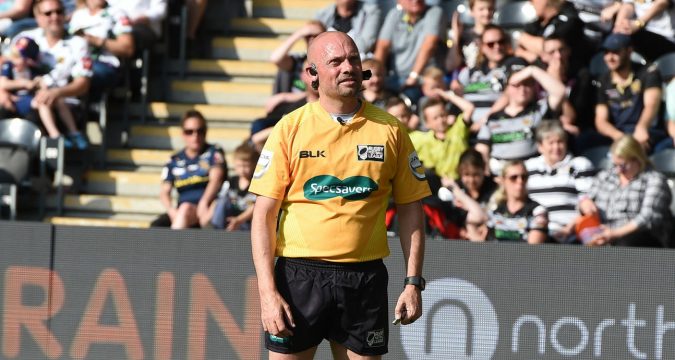 It's well-known that every story has a beginning, a middle and an end.
Some endings are happy. Some are unfortunate. Some are rather ugly. But everything has an end: and Thursday night made me begin to wonder if the video referee concept in Super League - and British rugby as a whole - should be nearer than we first think.
Before we get too d
It's well-known that every story has a beginning, a middle and an end.
Some endings are happy. Some are unfortunate. Some are rather ugly. But everything has an end: and Thursday night made me begin to wonder if the video referee concept in Super League - and British rugby as a whole - should be nearer than we first think.
Before we get too d After two decades, are the video referee’s negatives beginning to outweigh the positives?
 It's well-known that every story has a beginning, a middle and an end.
Some endings are happy. Some are unfortunate. Some are rather ugly. But everything has an end: and Thursday night made me begin to wonder if the video referee concept in Super League - and British rugby as a whole - should be nearer than we first think.
Before we get too d
It's well-known that every story has a beginning, a middle and an end.
Some endings are happy. Some are unfortunate. Some are rather ugly. But everything has an end: and Thursday night made me begin to wonder if the video referee concept in Super League - and British rugby as a whole - should be nearer than we first think.
Before we get too d 